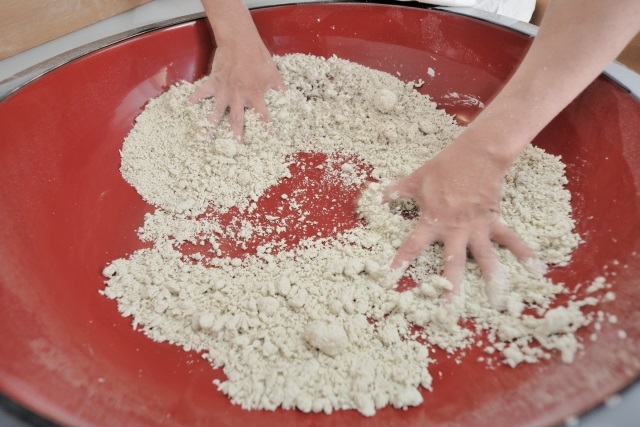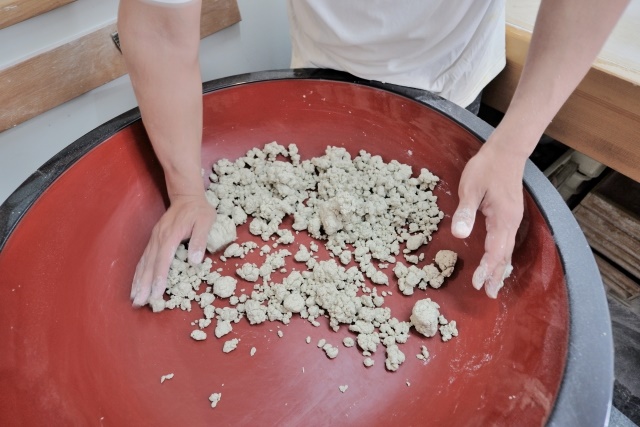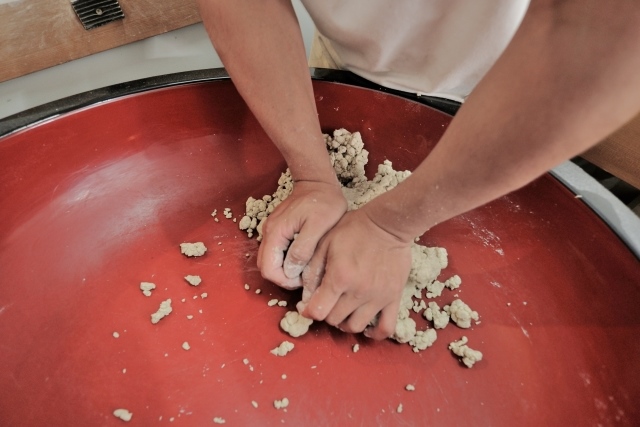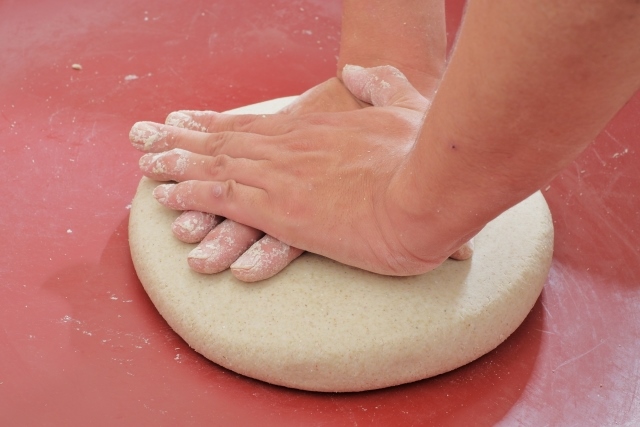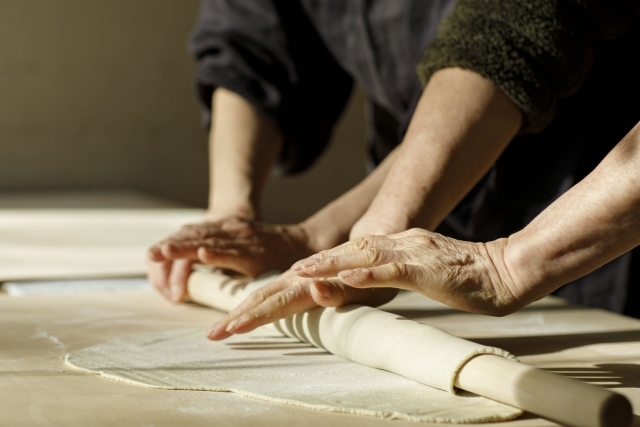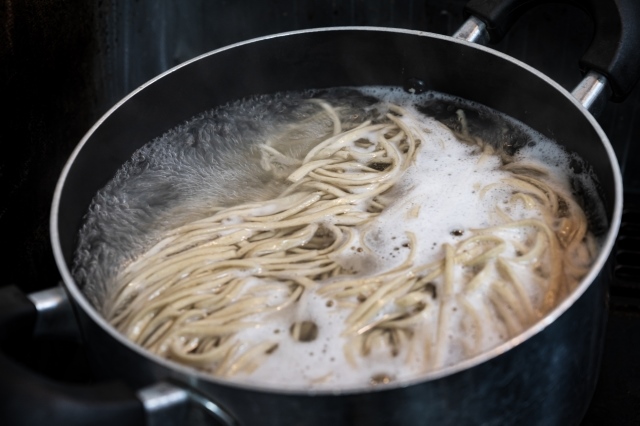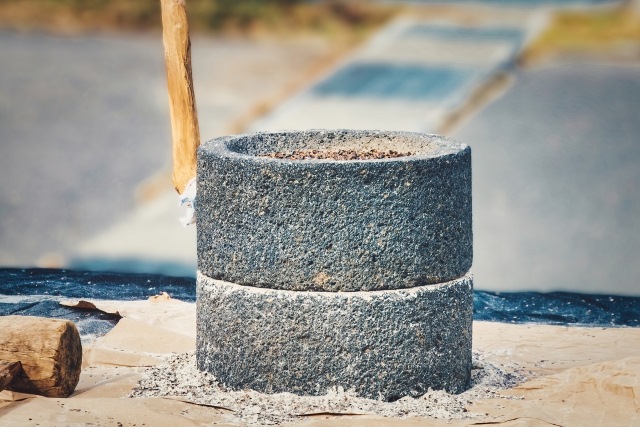Soba is a traditional Japanese food with a very long history. The history of soba dates back to the Nara period about 1,500 years ago. At that time, soba was introduced to Japan from China, and cultivation began. From the Nara period to the Heian period, soba was mainly used as a medicinal plant. In the Heian period, steamed bun-like dishes using soba flour appeared. During the Kamakura period (1185-1333), the culture of eating soba began to spread. It was around this time that the technique of making noodles with soba flour was established, giving birth to the modern soba cuisine. In the Edo period (1603-1868), soba became a common food for ordinary people, and many soba restaurants were established. In the Edo period, techniques for boiling soba and making soup stock improved, and the basic form of modern Japanese soba cuisine was established. In addition, in the late Edo period, the custom of eating new soba (freshly harvested soba) spread, and it was considered good luck to eat new soba at the end of the year.
Since the Meiji period (1868-1912), Japanese food culture has diversified, and soba has spread worldwide as a part of Japanese cuisine. Today, soba is a popular food not only in Japan but also among people all over the world. Within Japan, different tastes and ways of eating soba are enjoyed in different regions, and this diversity is part of the charm of soba culture.
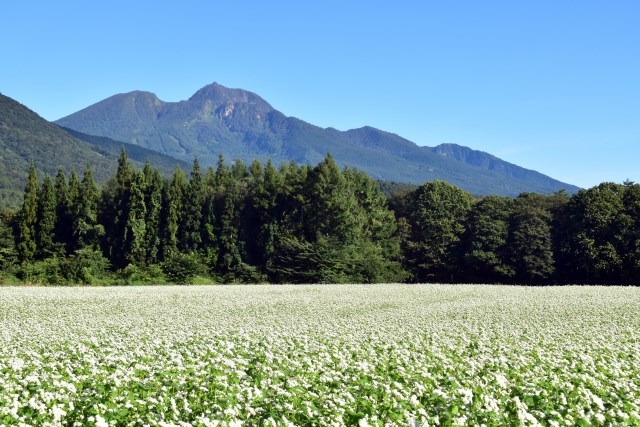
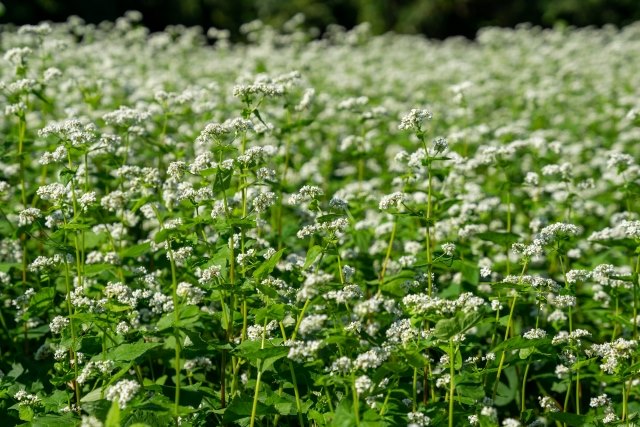
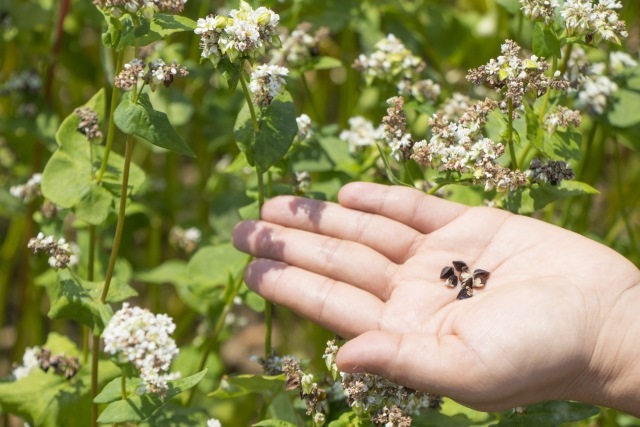
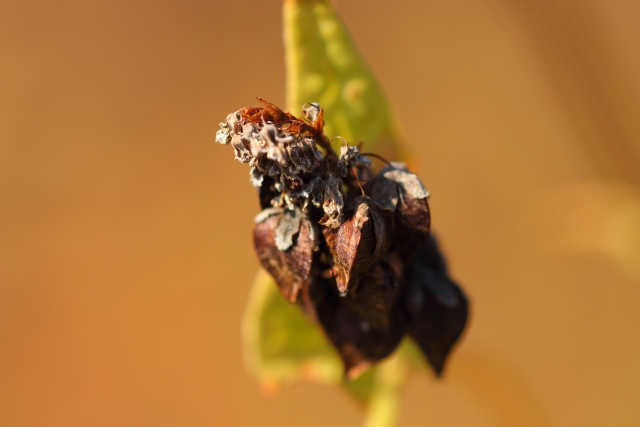
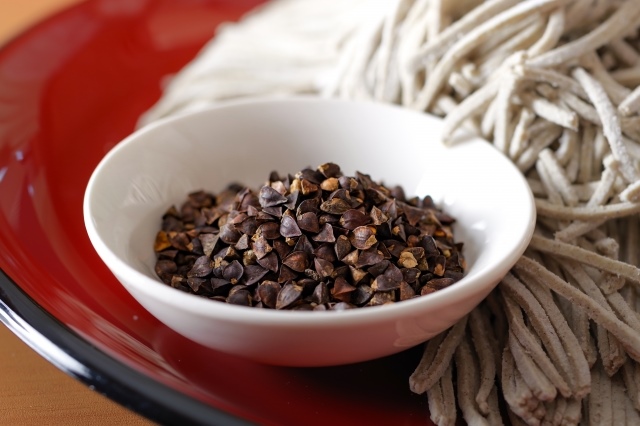
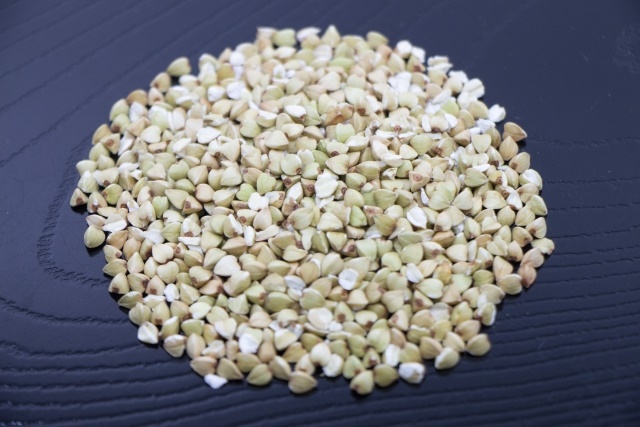
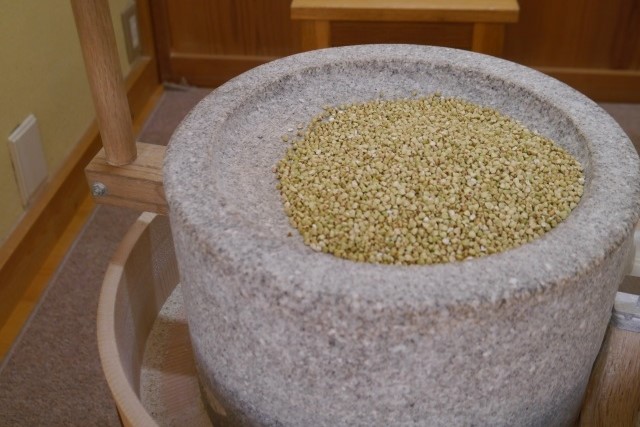
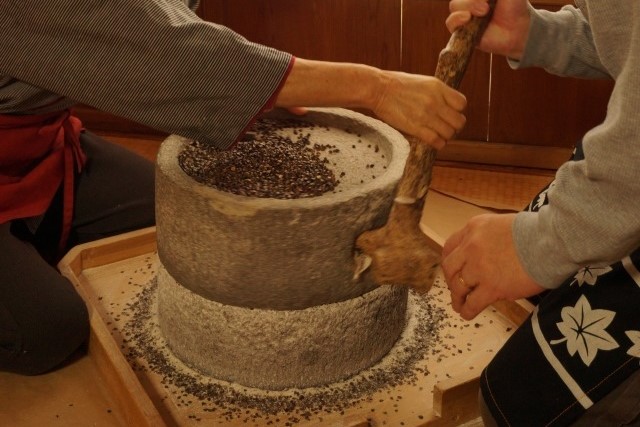
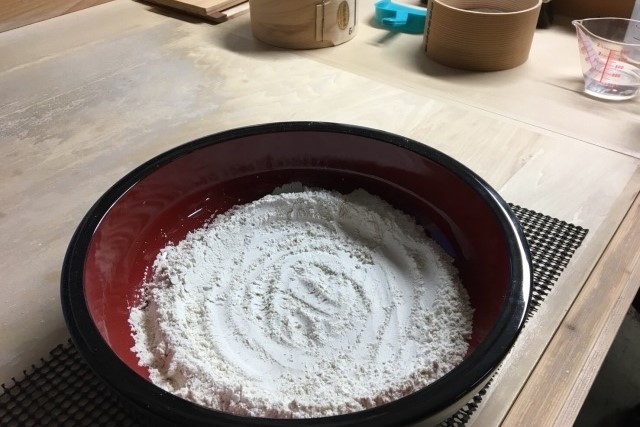
Soba making is a technique of making noodles using soba flour and water. First, add water to the soba flour and knead it well with your hands. Once it reaches the appropriate hardness, shape it into a ball and flatten it. Then, use a rolling pin to roll it out thinly. Fold the flattened dough and cut it into thin strips with a knife. During the soba-making process, it is essential to maintain uniform thickness and noodle width.
